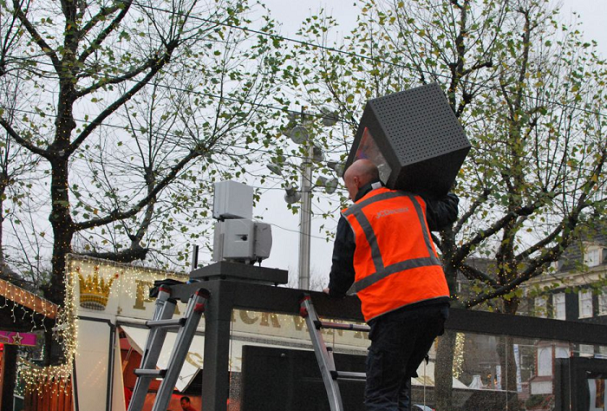Macrocell base station spending has been predicted to fall for the second year in a row, as operators shift capex to network densification.
A report from ABI Research said spending on the technology will reach $48 billion this year, a decline of two percent.
In the following years, spending will drop by double digits as operators shift their infrastructure priorities.
Nick Marshall, Research Director at ABI Research, said: “The base station spending decline means that capex is shifting to less capital intensive solutions, including small cells, DAS, and Wi-Fi for densification. While India will dominate spending in Asia-Pacific over the next few years, North America’s 4G coverage is virtually complete as the region prepares for 5G along with Japan and South Korea.”
[Read more -Europe’s small cell market still suffering from forecasts of jam tomorrow]
The research found Asia-Pacific will remain the biggest base station market this year, but it will not hit last year’s peak following the completion of China’s LTE rollout.
Last year, Ericsson was the market leader for base station deployments, followed by Huawei, Nokia, Alcatel-Lucent, and ZTE.
Marshall added: “As the 5G technology cycle gets underway, base station vendors including Ericsson, Huawei, and Nokia will face the challenge of replacing lost revenue in the short term.
“While the early commercialization of 5G will certainly help to replace this lost revenue, it is not until well after 2020 that this contribution becomes meaningful. Base station vendors must diversity to make up for this shortfall.”



